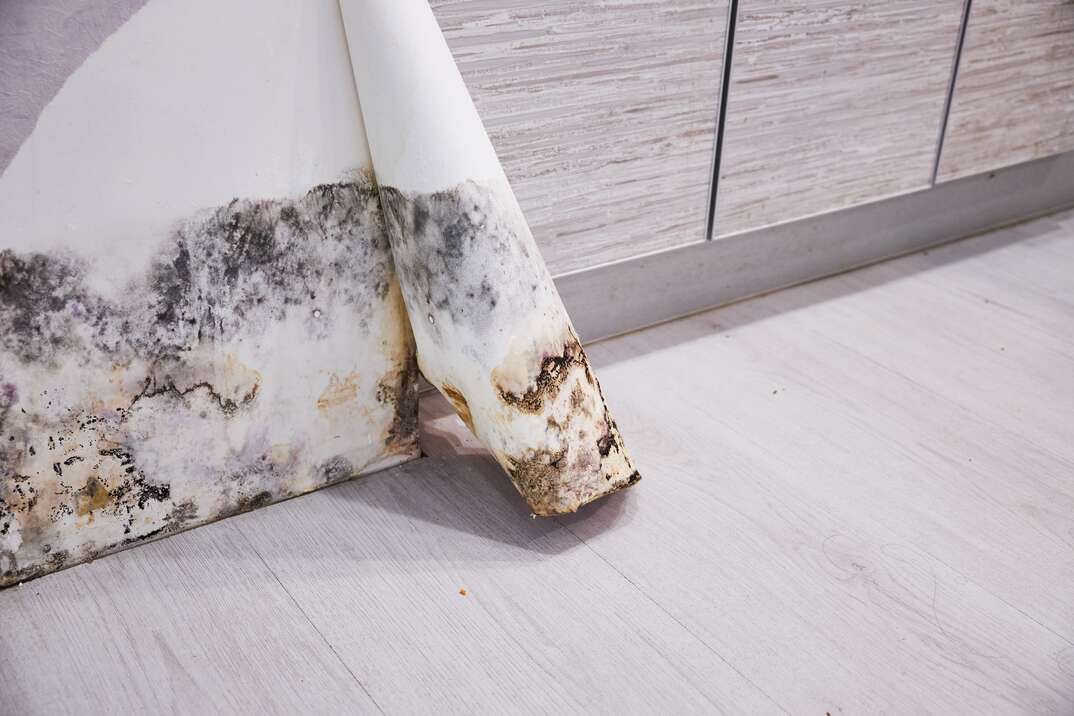Comprehensive Post Mold Remediation Procedures
Comprehensive Post Mold Remediation Procedures
Blog Article
Your Ultimate Overview to Article Mold And Mildew Remediation Techniques
Navigating the realm of post-mold removal strategies is a careful procedure that demands attention to information and a detailed understanding of the details included. In the results of mold and mildew infestation, knowing exactly how to properly get rid of the mold and mildew and stop its reoccurrence is vital for maintaining a healthy and balanced interior atmosphere. From selecting the appropriate cleansing and disinfecting approaches to carrying out methods for long-term mold avoidance, each step in the removal journey plays an important role in ensuring an effective end result. As we begin on this expedition of post-mold remediation techniques, we will certainly uncover the vital methods and best methods that can aid you restore your room to its pre-mold condition and guard it against future mold and mildew dangers.
Comprehending Post-Mold Remediation Refine
After finishing the mold remediation process, it is essential to comprehend the post-mold remediation techniques that are necessary to make certain a extensive and efficient cleaning. As soon as the mold and mildew has actually been eliminated, the next action includes cleaning and sanitizing the affected areas to avoid any regrowth of mold and mildew. This consists of utilizing specialized cleaning up agents to clean down surfaces and eliminate any kind of staying mold spores. It is vital to dry the area entirely to prevent the growth of mold in the future (Post Mold Remediation). Correct ventilation and dehumidification can aid in this procedure.
Additionally, performing a final assessment post-remediation is essential to make sure that all mold and mildew has actually been successfully removed. This examination ought to include a complete visual check in addition to perhaps air sampling to validate the lack of mold spores airborne. Added removal might be needed if the inspection exposes any type of sticking around mold. Finally, enlightening owners on safety nets such as managing wetness degrees and without delay dealing with any kind of water leakages can aid keep a mold-free setting.
Reliable Cleansing and Sanitizing Methods

Avoiding Future Mold And Mildew Growth

Significance of Correct Air Flow
Appropriate ventilation plays an essential role in stopping wetness buildup, a crucial variable in mold development within indoor settings. Effective ventilation systems help eliminate excess moisture from the air, minimizing the chances of mold spores discovering the moisture they need to spread and sprout. Without sufficient air flow, indoor areas can become a breeding ground for mold and mildew, causing potential health and wellness risks and structural damages.
By making sure correct air circulation, air flow systems can also help in drying wet locations quicker after water damage or flooding events, additionally discouraging mold growth. testing air quality after mold remediation. In areas like restrooms, attics, kitchen areas, and basements where moisture levels often tend to be higher, installing and maintaining effective air flow systems is crucial in stopping mold and mildew invasions

Monitoring and Upkeep Tips
Provided the crucial duty that correct ventilation plays in preventing mold and mildew growth, it is crucial to establish efficient tracking and maintenance pointers to guarantee the continued performance of ventilation systems. Regular examinations of ventilation systems should be carried out to look for any kind of signs of blockages, leaks, or breakdowns that could restrain appropriate air movement. Tracking moisture levels within the property is likewise crucial, as high moisture can add to mold growth. Installing a hygrometer can assist track moisture degrees and alert property owners to any kind of spikes that may need focus. Furthermore, making certain that air filters are on a regular basis cleansed or changed is essential for keeping the performance of the air flow system. Applying a timetable for regular maintenance tasks, such as air duct Learn More Here cleaning and a/c system examinations, can help stop concerns before they intensify. By remaining conscientious and positive to the condition of air flow systems, homeowner can properly reduce the threat of mold regrowth and keep a healthy and balanced interior setting.
Conclusion
To conclude, post-mold removal techniques are important for guaranteeing a safe and tidy environment. Understanding the procedure, implementing reliable cleansing and disinfecting methods, preventing future mold and mildew development, keeping appropriate ventilation, and routine surveillance are all critical action in the remediation procedure. By following these standards, you can efficiently eliminate mold and avoid its return, advertising a healthy and balanced living or working room for all owners.
In the consequences of mold infestation, understanding how to successfully eradicate the mold and avoid its reoccurrence is extremely important for preserving a healthy indoor setting. When the mold and mildew has been eliminated, the following step includes cleaning and decontaminating the affected locations to protect against any regrowth of mold - Post Mold Remediation. After eliminating noticeable mold and mildew growth, it is vital to cleanse all surface areas in the damaged area to eliminate any type of staying mold spores. To better boost mold and mildew avoidance measures, it is important to resolve underlying concerns that initially led to mold development.Given the vital duty that proper ventilation plays in avoiding mold growth, it is imperative to establish effective surveillance and maintenance ideas to ensure the ongoing functionality of ventilation systems
Report this page